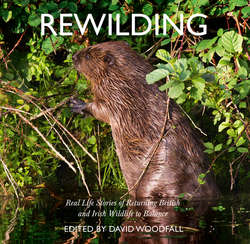Читать книгу Rewilding - David Woodfall - Страница 19
ОглавлениеLittle boy in an Epping den.
Epping Forest: A Wildwood?
Judith Adams
‘Whoever looks around sees eternity here’
John Clare
A fragment of the Royal Forest of Essex, dating from around 1100 ce, Epping Forest is London’s largest open space of 2,500 ha, supporting the largest number of veteran trees (50,000) of any site in Europe. Crescent in shape, it stretches from East London’s Manor Park to Epping in the County of Essex. It provides a playground for Londoners and the northern part in particular, largely from Chingford northwards, is London’s ‘wildwood’.
The Epping Forest Acts of 1878 (and 1882) brought the remaining forest land into the guardianship of the City of London as conservators, securing its protection as a public open space for the recreation and enjoyment of the public – while also preserving its ‘natural aspect’. It is the first protected conservation area in the UK. Some 70% is now designated as a Site of Special Scientific Interest, with most of that also a Special Area for Conservation. A Green Heritage and Green Flag site and part of the Royal Commonwealth Canopy, it has over 4.4 million visits a year. It continues to be managed by the City of London.
Considering its earlier history, from establishment as a Royal Forest in Norman times, the use and perceived value of the forest has changed. Forest law protected the rights of the King for its use as a hunting forest. The Forest Charter of 1217 gave commoners (freemen only) rights of grazing, cutting of wood and allowing pigs to forage, establishing what we now identify as wood pasture.
